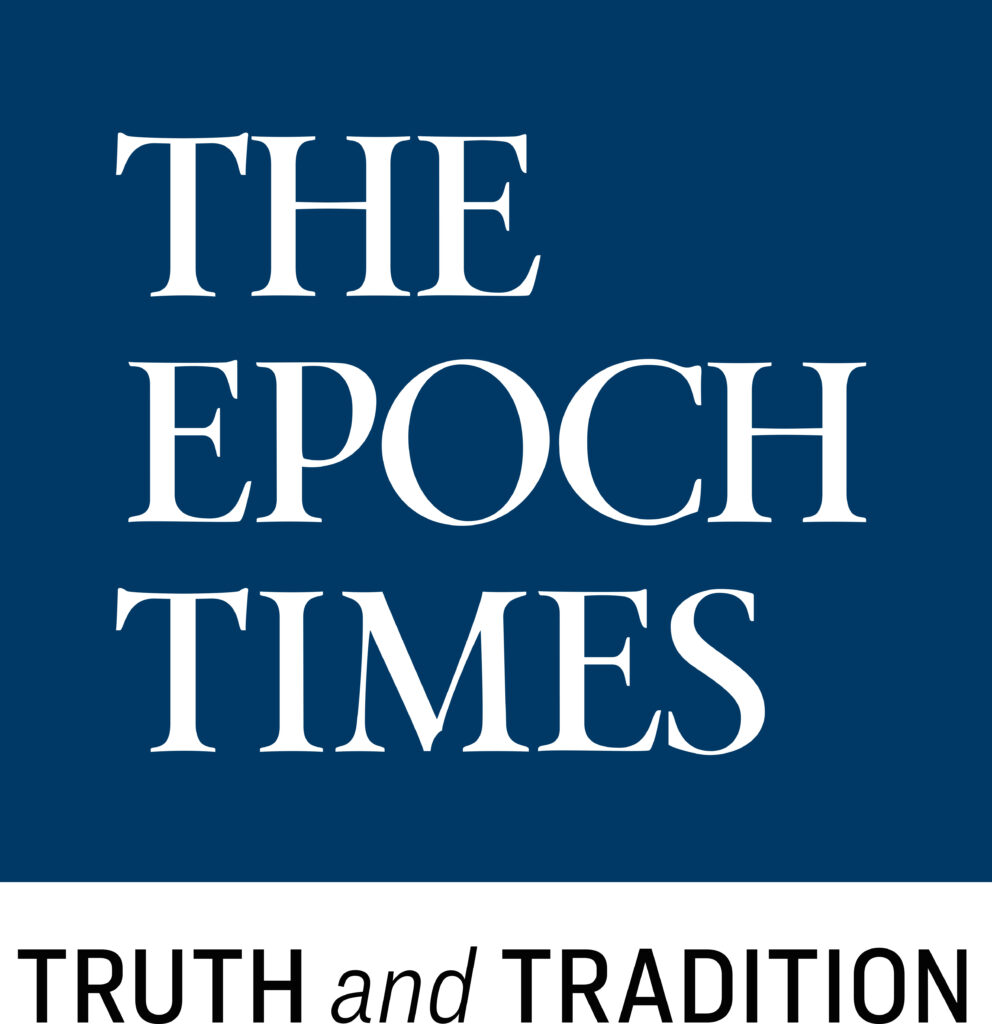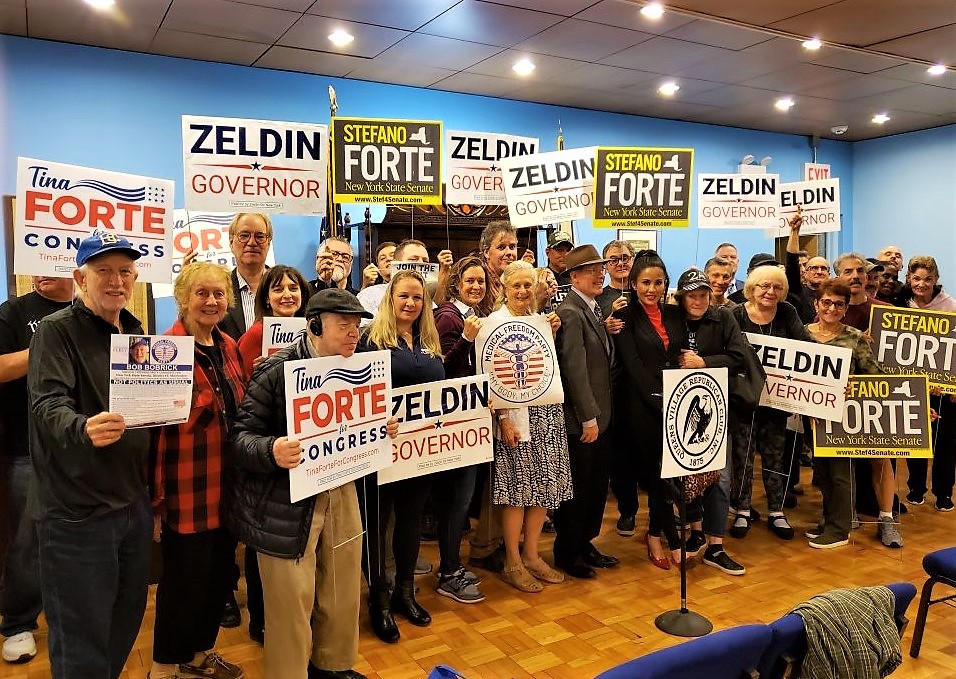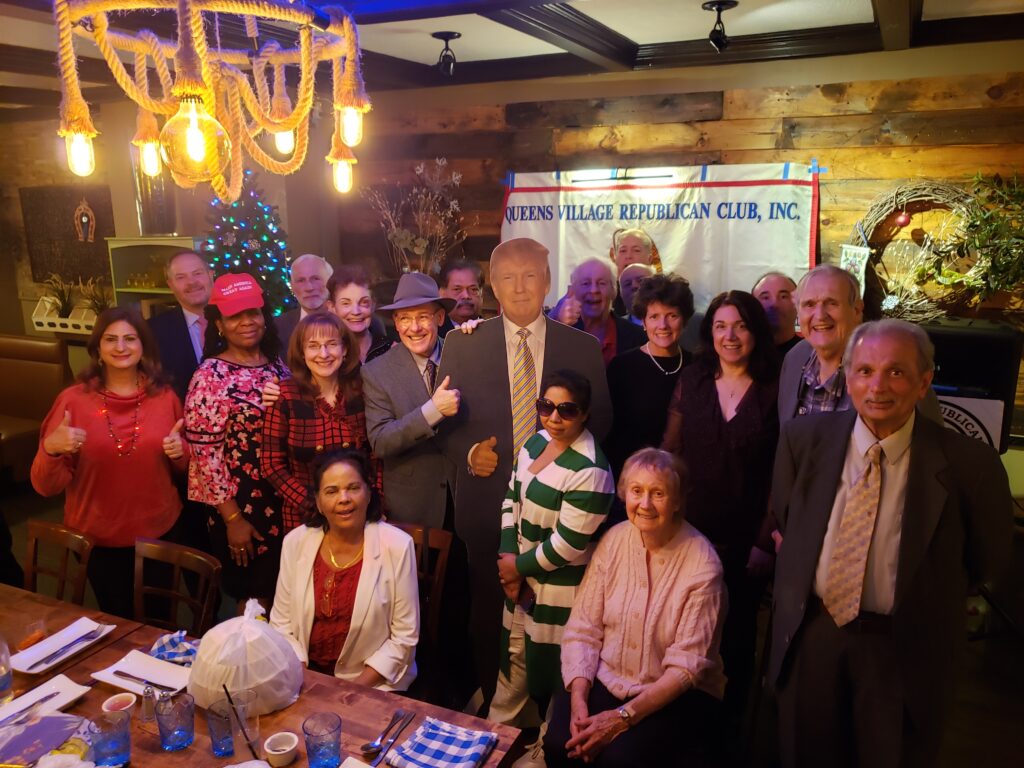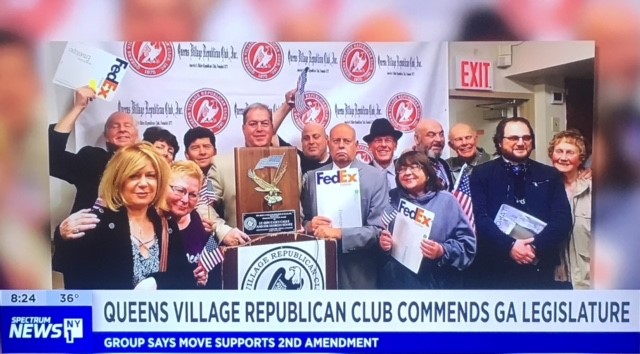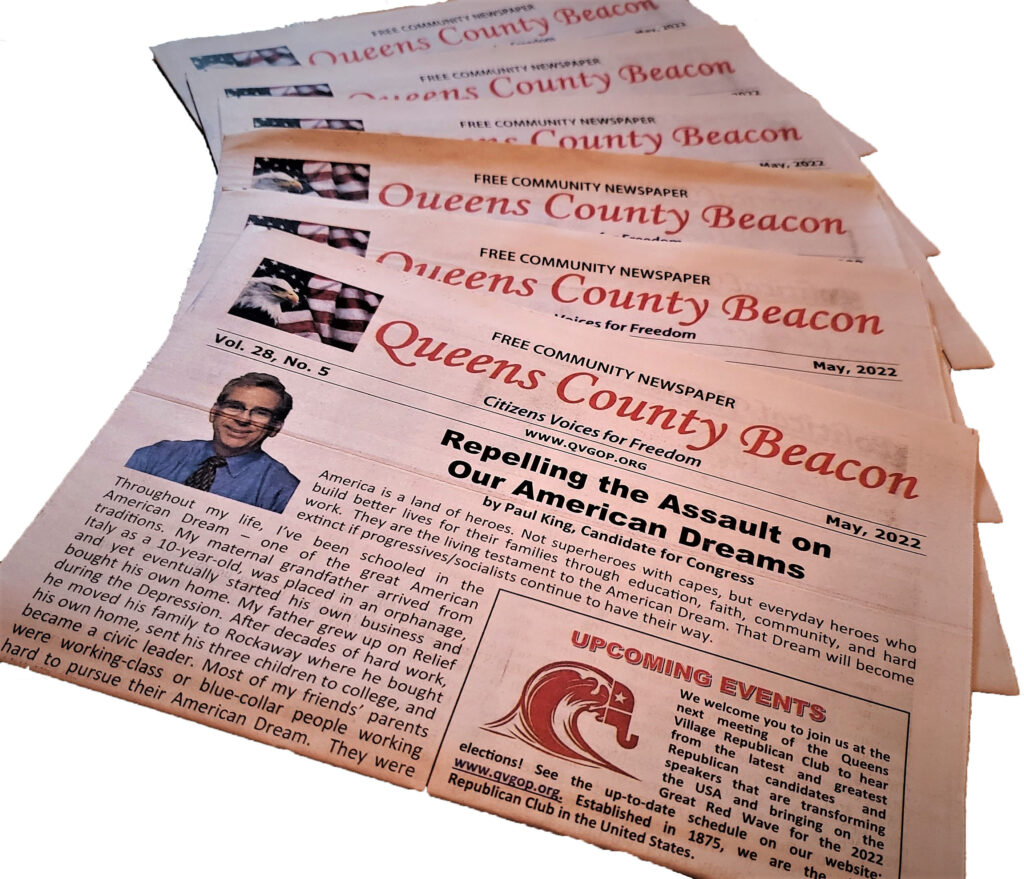
The Club today has been reorganized (Officers and Board) and we invite you to review the officers, board member and honorary members web page and see who we are! We are thrilled because we now enjoy the history of the past (with honorary board members and our club’s history page) and a future that is filled with activities, action and promise!
We ended 2022 celebrating the first year of our “Newspaper,” the Queens County Beacon! The Beacon holds the promise of the future as we provide education, information and chronicle events from all over the borough of Queens and beyond. The founder of the Beacon, Ira Harris championed an idea he had and then acted upon it. Who knew the people of Queens would love our stories, tidbits and photographs?
The Queens County Beacon was born December of 2021 and is published and distributed monthly. Subscriptions are available and the paper has grown to 16 pages and is circulated to over 10,000 people in Queens County and beyond as requested.
Here is our club today!
Family Fun Day BBQ 2023!
Here’s Curtis Sliwa announcing his next run for NYC mayor at the Family Fun Day BBQ! More photos of Family Fun Day are here.


2023 Little Neck Douglaston Memorial Day Parade
Every year the Queens Village Republican Club members proudly march behind our banner in the Little Neck-Douglaston Memorial Day Parade, for the great thrill of patriotism and love of country. This year the parade on Monday, May 29th was the occasion to remember those who paid the ultimate sacrifice defending our freedoms. Held annually since 1927, it is the largest hometown Memorial Day Parade in America and 1000’s march to honor our veterans, active-duty troops and our fallen heroes on Memorial Day.


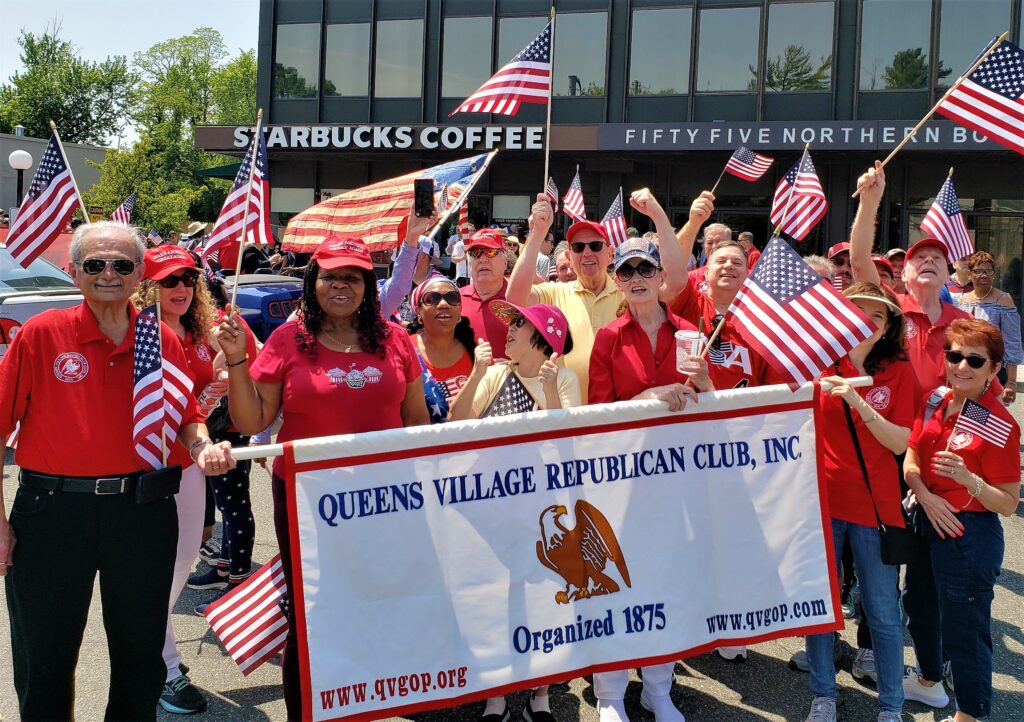
Queens Village Republican Club marching unit
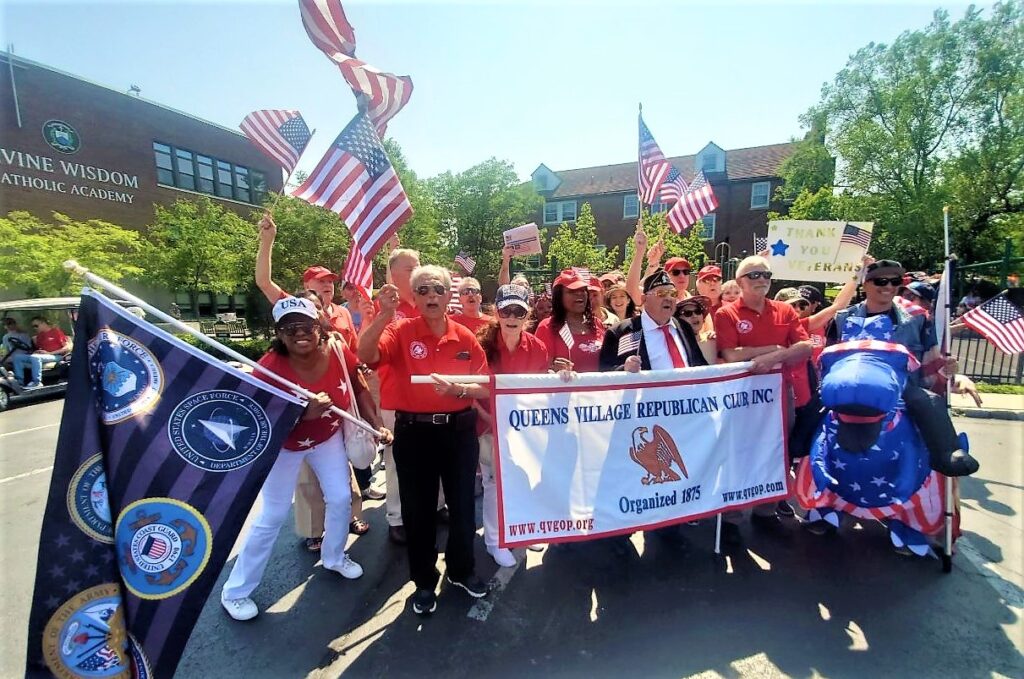
Parade end at St. Anastasia’s schoolyard
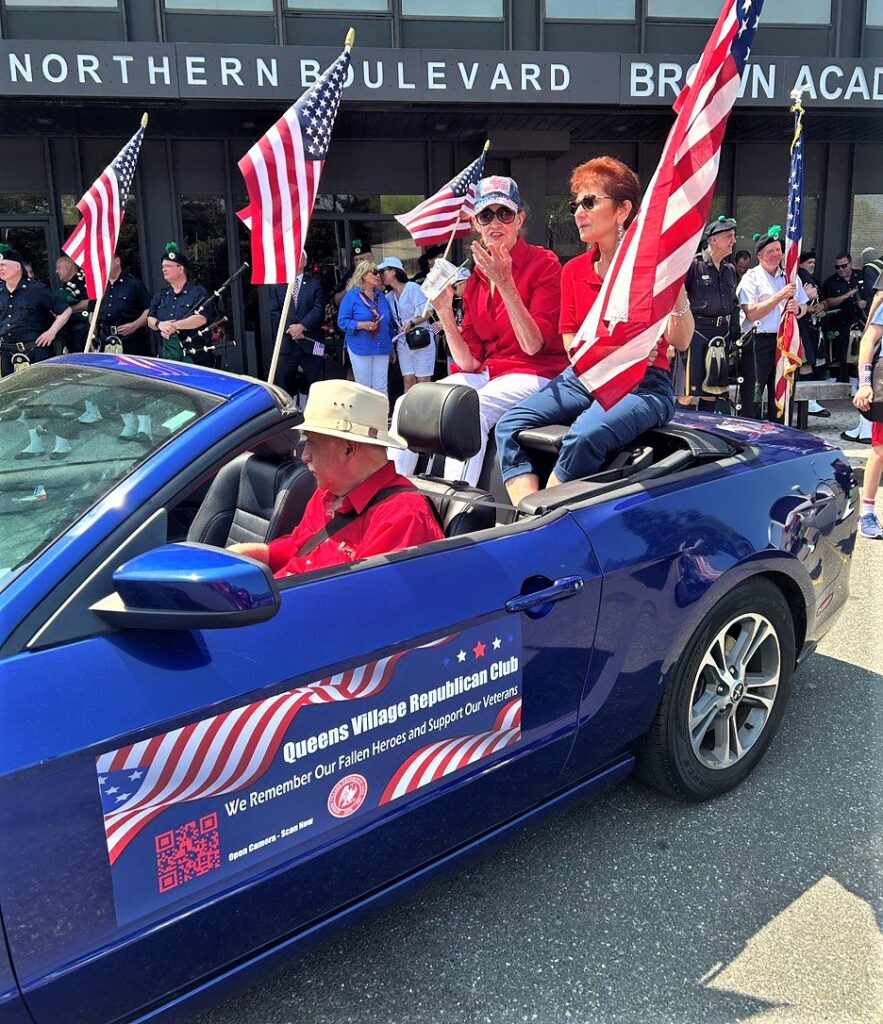
Ford Mustang convertible was part of our marching unit!
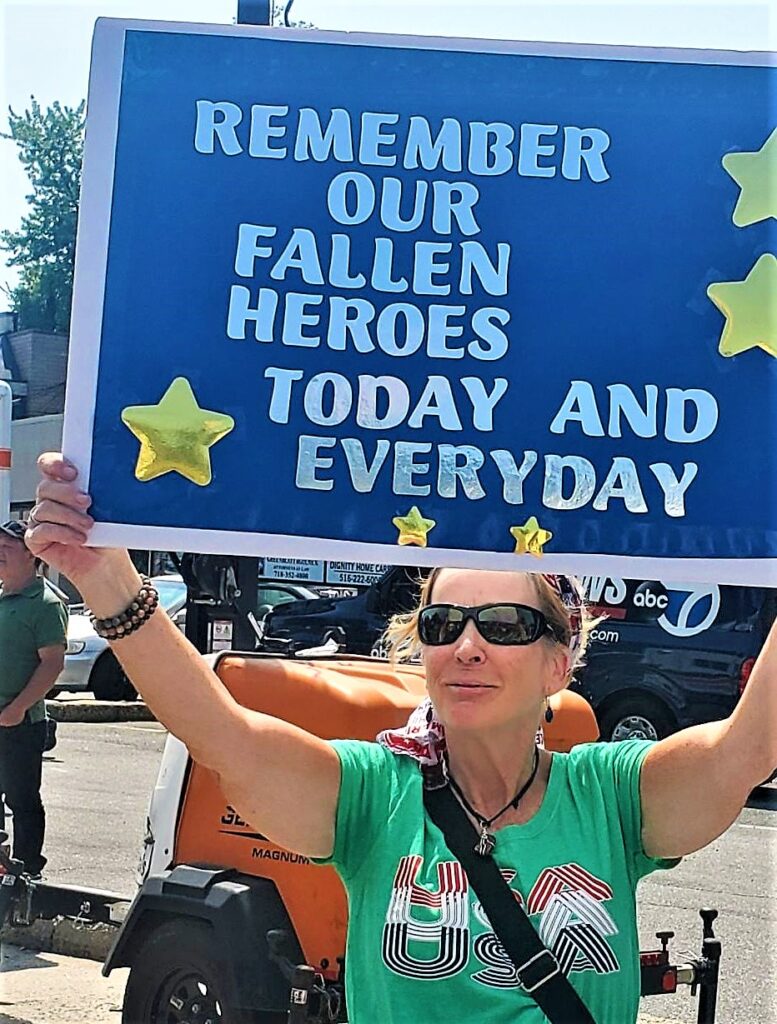

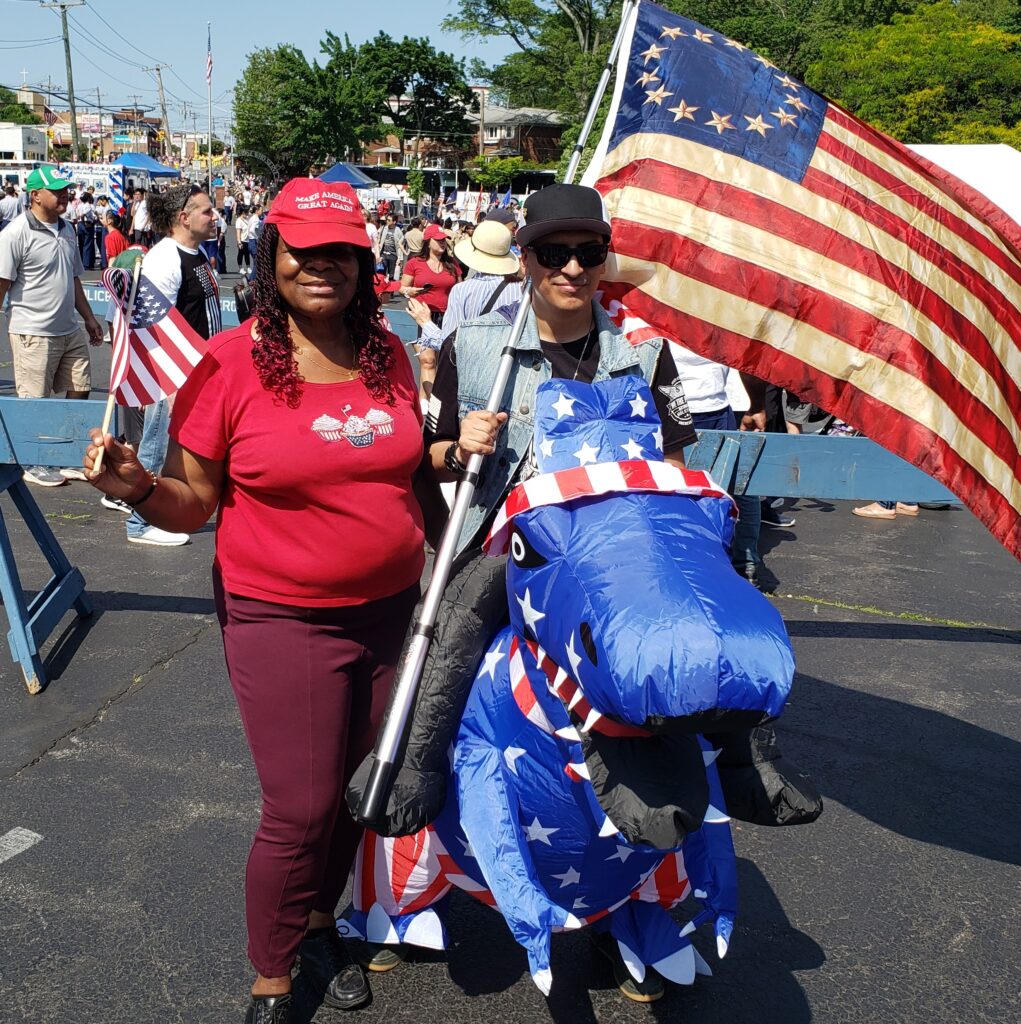


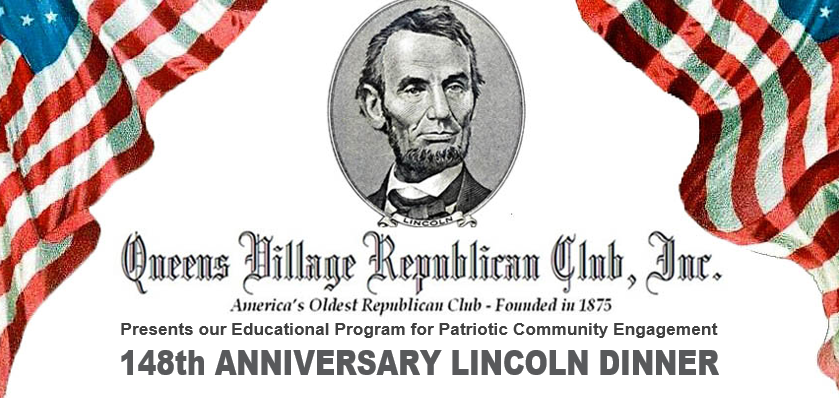
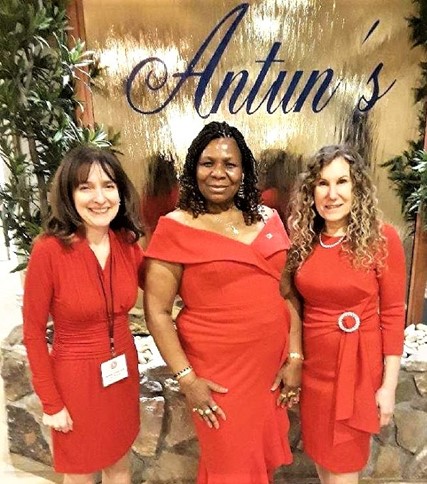
148TH ANNIVERSARY LINCOLN DINNER, PHOTOS AND REVIEW OF A SPECTACULAR PATRIOTIC GALA!
148TH ANNIVERSARY LINCOLN DINNER VIDEOS
TV ASIA REPORT ON 148TH ANNIVERSARY LINCOLN DINNER
LINCOLN DINNER PHOTO ALBUM
THANK YOU TO OUR 148TH ANNIVERSARY
LINCOLN DINNER SPONSOR
